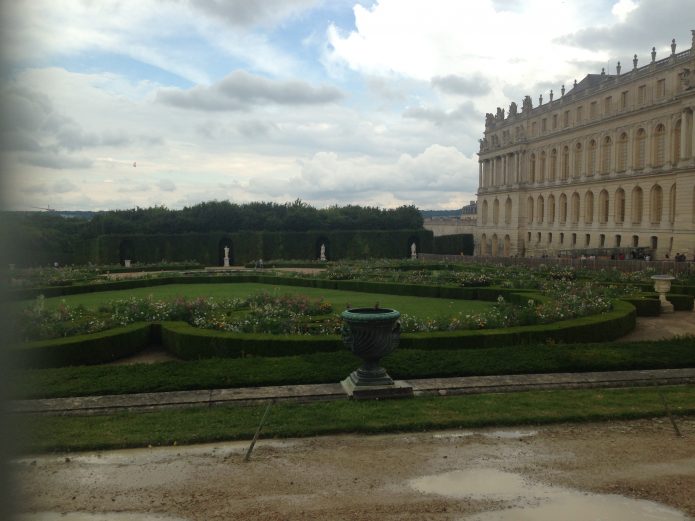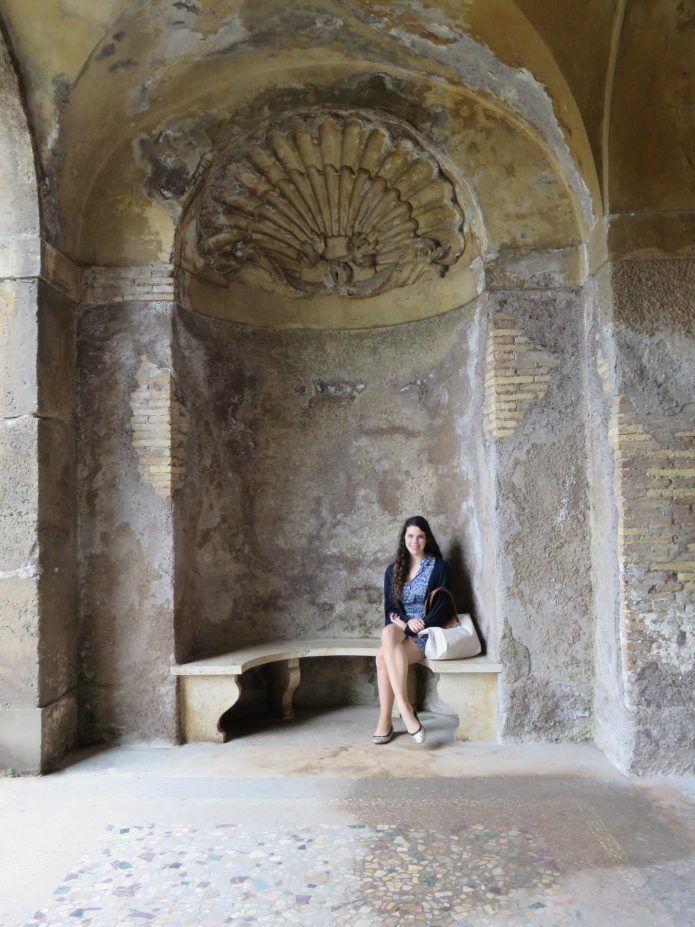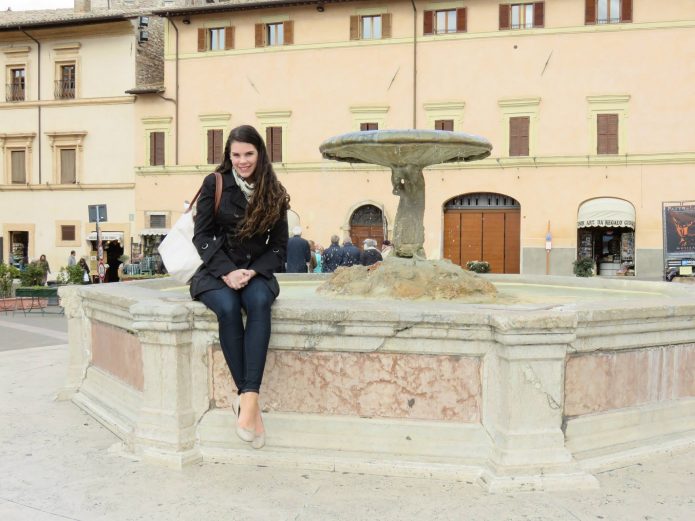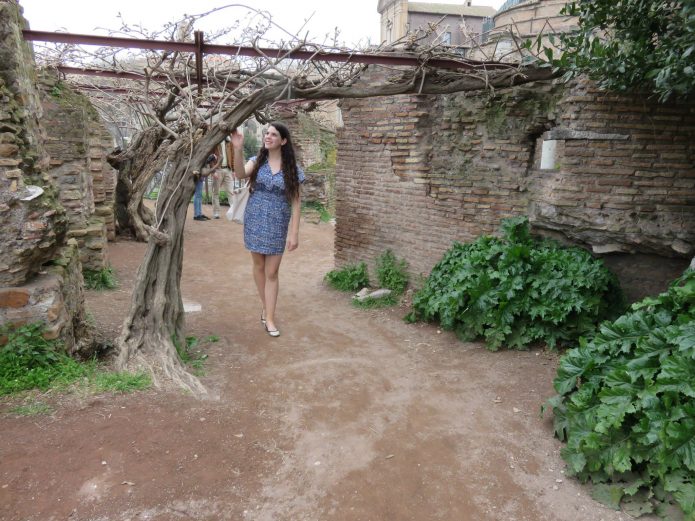Context
This case study is an example of my reasoning and written communication. I created this work recently for my CLST/PHIL 212 class to argue how best to respond to a situation in an ethical manner. This work inspires me to think critically about my surroundings instead of assuming that my perspective is the only one that matters. It increases my ability to reason and lead a healthy life inspired by my values. The ethics discussed in this case study will translate to my life when, in the future, I am faced with a dilemma that will require critical thought, logos.
~The primary values that motivate of Darion are: accomplishment, generosity, freedom, contentment, pleasure.
~The primary values that motivate the community are: justice, safety, moderation, family security, courage.
Darion has worked at a pub for ten years. Passionate about small-batch craft beers, Darion and his colleagues decide to save enough money to begin a microbrewery. After five years of saving, Darion and his colleagues save enough money to achieve their dream and rent a space next to the Downtown Eastside. Considering the community in which they are located, Darion and his colleagues decide to “hire and train staff from the neighbourhood, because they know that skilled jobs in the area are hard to find, and they want to do good things for their community as much as for their future clientele”(“Case Study: The Micro Brewery”). However, some people in the community are unsatisfied with this business venture because the proposed location is next to a community centre, which supports local teenagers who are influenced daily by their surroundings, namely drug use and alcoholism. Seeing brewery’s “as inherently problematic,” the locals protest Darion’s “tasting room”(“Case Study: The Micro Brewery”). Ultimately, Darion wants to support and respect the local community, but believes that due to his time and effort, his project should go forward, and he signs the lease. Through the contrast of Darion’s values and motivations to the community’s, and supplemented by Aristotle’s progression of ethics, a lack of compromise is revealed.
Two of Darion’s motivating values are accomplishment and generosity. He wants to make a lasting contribution to society by providing jobs to the people in the neighbourhood. In Darion’s opinion, this will aid their futures by providing them with opportunities in which they would not otherwise have access. He also wants to achieve his dream of owning an established microbrewery. The desire that Darion has for owning his own business, and not having to work with big beer brands that he believes are “flavourless and uninspired”(“Case Study: The Micro Brewery”), is reflected in his value for freedom. He is unimpressed with the “business model of the big beer monopolies”(“Case Study: The Micro Brewery”) and believes that his approach to the market is more beneficial to society. This is significant because these values assist in revealing his character.
In addition to accomplishment, generosity, and freedom, contentment is one of the values displayed by Darion. This is evidenced by the belief that once his brewery is open then his dream will be fulfilled. This belief motivates his actions and causes him to sign the business lease. Closely associated with contentment is pleasure, the motivation for a fun and leisurely life. This is conveyed though Darion’s belief that no longer working in a pub which supports big beer monopolies will allow him to enjoy his life and achieve his dream. The analysis of these values allow Darion’s true motives to appear, indicating that he is not the “villain” the community portrays him to be.
In order to prove that the community is not willing to compromise with Darion, their motivations also need to be explored. The community believes that they stand for justice, which is the protection of fairness and equal rights. This is because they are convinced that they cannot thrive with a microbrewery. This is due to the history that the community has with alcoholism and addiction. They think that if the brewery opens, it will encourage alcoholism among the younger generations of the community. However, this is not justice because they are not trying to find a balance that is also fair for Darion’s business. Ultimately, they could rather focus on the positive, that Darion hopes to bring them more jobs and grant them future opportunities.
The community’s goal is to stop or diminish the ill effects of alcoholism and substance abuse in their neighbourhoods. Due to the history of substance abuse in their community, they want to protect the young generations from being exposed to these substances. The close proximity of a microbrewery to the community centre would, in the community’s opinion, expose the younger generations to alcohol and increase the chances of alcoholism. Therefore, they value the safety and security of the community, and their loved ones. Additionally, the community values moderation because they want to avoid harmful extremes. They believe that the best way to achieve this is to limit the exposure of alcohol to youths in the community. Furthermore, having the microbrewery easily accessible may result in youths not being able to resist the “highly addictive, highly seductive tool of oppression”(“Case Study: The Micro Brewery”). The significance of these values is that they indicate the community’s courage to stand up for what they believe is right. A value that is clearly expressed by how vocal the community has been with their protests against the microbrewery, they have very strong values and beliefs, and refuse to allow something as “oppressive”(“Case Study: The Micro Brewery”) as alcohol into their community.
Through the examination of both party’s values, the community’s and Darion’s beliefs are revealed as incompatible. This is because neither party appears willing to compromise. Additionally, both parties have very different value wheels as they are motivated by differing principles. Though Darion states that he will provide job opportunities for the youth in the community, the neighbourhood residents maintain that having easy access to alcohol could result in substance abuse. Ultimately, the community “see[s] the brewery as part of a gentrification process that will push them out of the area that they have called home for their whole lives”(“Case Study: The Micro Brewery”), resulting in the community’s inability to compromise.
In Darion’s opinion, the vision that he has for his business venture is advantageous, both for himself and for the community. To him personally, it will result in the achievement of a dream. Socially, it will benefit the community by providing “skilled jobs”(“Case Study: The Micro Brewery”), allowing them to find advantageous job opportunities in the future. According to Aristotle, “well-executed project[s] that express the ethical virtues [are] not merely advantageous but kalon (pure, beautiful, noble, and fine) as well—for the balance it strikes is part of what makes it advantageous”(“Aristotle’s Ethics”). Through this logical perspective, and due to Darion’s belief that his project will be beneficial to multiple parties, Darion presents a case of rational inquiry and deliberation. Aristotle suggests that a “good person [is] someone who is good at deliberation”(“Aristotle’s Ethics”). Furthermore, the intermediate point that the good person tries to find is “determined by logos (‘reason,’ ‘account’) and in the way that the person of practical reason would determine it”(“Aristotle’s Ethics”). According to this standpoint, Darion is a good person whose actions align with his values. However, ultimately he is unable to reach a point of compromise with the community, resulting in signing the business lease with his lawyer. Through the analysis of Aristotle’s progression of ethics, Darion and the community’s values reveal an inability to compromise.
Works Cited
“Case Study: The Micro Brewery.” Greek Philosophy 2: Case Study / ePortfolio Project, http://socrates.arts.ubc.ca/courses/212-2/greek-philosophy-1-case-study-eportfolio-project/. Accessed 24 March 2017.
Kraut, Richard, “Aristotle’s Ethics”, The Stanford Encyclopedia of Philosophy (Spring 2016 Edition), Edward N. Zalta (ed.), https://plato.stanford.edu/archives/spr2016/entries/aristotle-ethics/. Accessed 24 March 2017.


 Context: This creative piece represents my passion for traveling and experiencing different cultures. It focuses on my last trip to Paris where I had the opportunity to visit the Palais Garnier and see Carmen, which is one of my favourite Operas. Immersing myself in the Persian culture allowed me the opportunity to really experience the city in a way I never have before. Fashion has always been a passion of mine and getting to visit some of the greatest fashion houses in the world was an overwhelming adventure. The passion I discovered for the culture and history of Europe has led me to pursue studies in Art History and Classical Studies. Ultimately, this work is important to share with people because it shows how much I value the art and culture of Paris.
Context: This creative piece represents my passion for traveling and experiencing different cultures. It focuses on my last trip to Paris where I had the opportunity to visit the Palais Garnier and see Carmen, which is one of my favourite Operas. Immersing myself in the Persian culture allowed me the opportunity to really experience the city in a way I never have before. Fashion has always been a passion of mine and getting to visit some of the greatest fashion houses in the world was an overwhelming adventure. The passion I discovered for the culture and history of Europe has led me to pursue studies in Art History and Classical Studies. Ultimately, this work is important to share with people because it shows how much I value the art and culture of Paris.


